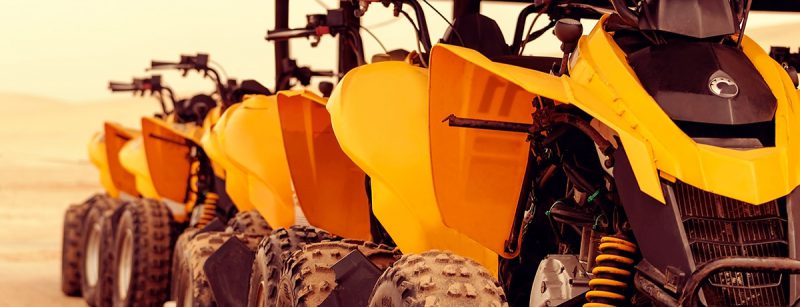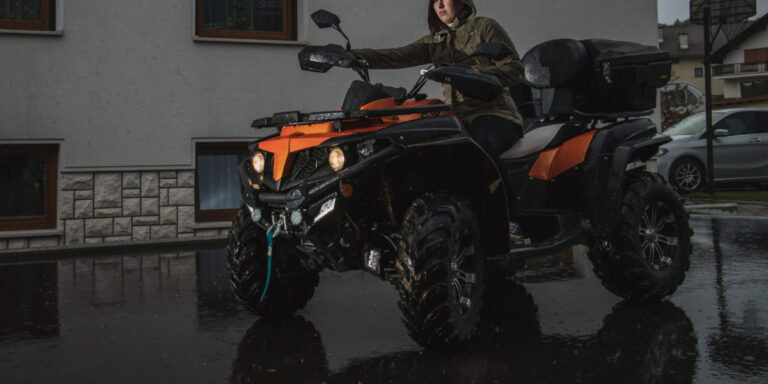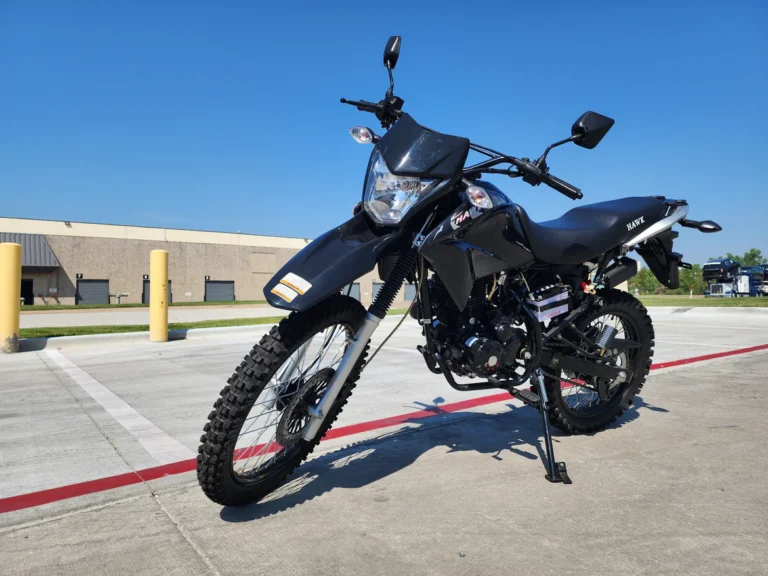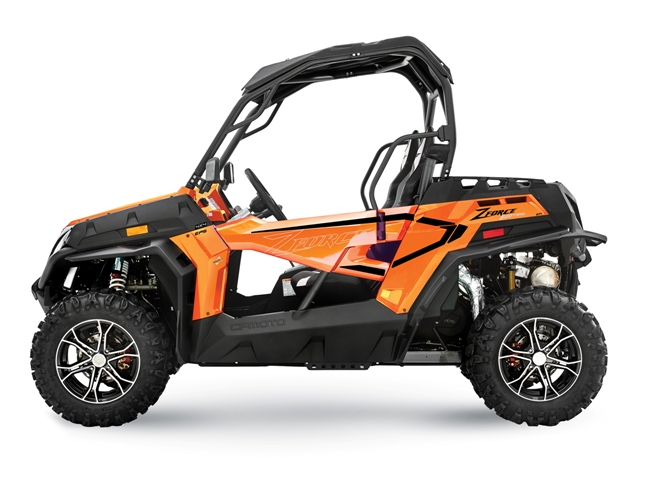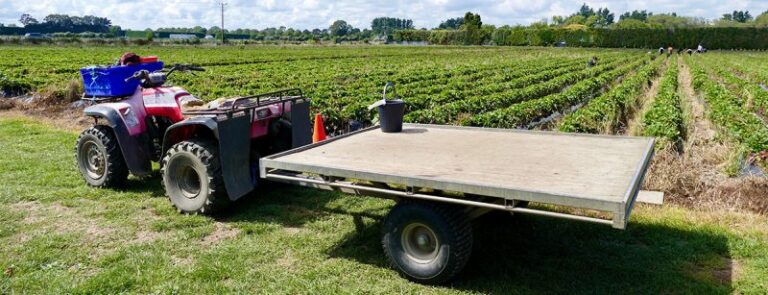10 Tips for Safely Using ATVs and UTVs for Construction
10 Tips for Safely Using ATVs and UTVs for Construction

Navigating hard-to-reach places, towing materials, and more—when you know how ATVs and UTVs are used in construction, you realize how many benefits they offer when it comes to getting work done. While all-terrain vehicles lend a big hand at the job site, there are a number of safety hazards to consider when using in construction. express wheels is sharing 10 tips for safely using ATVs and UTVs for construction to help keep you or your work crew out of harm’s way.
1. Provide ATV and UTV Training
Business owners or project managers need to provide ATV and UTV training from knowledgeable ATV instructors for all employees. This training session should include detailed information about following safety tips for using off-road vehicles at work.
2. Establish ATV/UTV Safety Procedures
Workplace rules and policies must be in place for employees to operate an ATV or UTV at the job site in order to both maximize performance and minimize risk. Consult both your legal counsel and insurance company to determine what policies to set. These can be based on the type of work you’ll be performing, but also according to the vehicle’s manufacturer guidelines based on your vehicle’s weight/towing capacity.
3. Have the Right Riding Gear
Riding gear must be available for employees, including a helmet specific for riding the ATV or UTV, eye protection, gloves, pads, boots, and a reflector vest. Serious injuries can occur without the right safety gear.
4. Identify Construction Hazards
At the job site, identify any potential hazards while riding an off-roader or side-by-side. This includes holes, excavations, trenches, wiring, and debris. Take precautions, place cones over or near hazards so riders can spot them while working.
5. Inspect the ATV or UTV
Before riding, inspect the new or used ATV or UTV’s tire tread and pressure, handlebars and steering system, brakes, oil, electrical system, and headlights to make sure they’re in proper condition for work use.
6. Create a Space for Riding the ATV or UTV
Establish a riding zone for where the ATV or UTV can be used on the construction site, as well as a parking zone for storing the ATV or UTV when it’s not in use. Make sure the keys are placed in a lockbox and the vehicle is secure after each project is completed during the day.
7. Do Practice Runs with the ATV or UTV
ATVs and UTVs can be challenging to operate when hauling heavy materials or maneuvering in narrow spaces, especially for new riders. Get familiar with the off-roader or side-by-side by first using it for smaller jobs in construction.
8. Drive Carefully with the ATV or UTV
Drive at slow speeds, use your headlights, sound your horn on turns and in tunnels, and be careful around corners. Leave space between you and fellow employees while riding. Never put too much weight on the vehicle when carrying heavy loads, and limit the number of riders in the vehicle based on the manufacturer instructions.
9. Know How to Use ATV and UTV Attachments
Learn how to use trailers, pull-behind implements, or other attachments for hauling and towing materials at the worksite. Do practice runs with the vehicle to get familiar with these additions. Follow the manufacturer’s weight guidelines for towing and moving materials.
10. Perform ATV and UTV Maintenance
Keep up with ATV and UTV maintenance, replacing and fixing vehicle parts after heavy duty. Keep the vehicle clean by removing any debris after use, and wash the vehicle regularly to prevent corrosion that can cause vehicle damage and potential safety issues.
When you put safety first and learn how to use an ATV or UTV at the construction site, these powerful off-roaders can be efficient for your workforce when getting jobs done. Create a safe space with riding, keep up with training, and practice using the vehicle to get the most out of it with projects. If you’re ready to buy your next new or used ATV or UTV.

